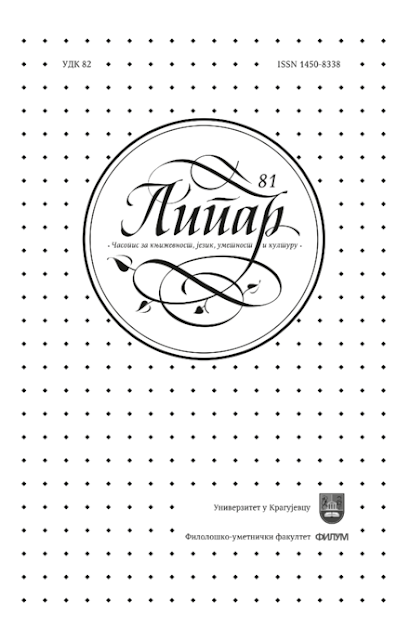MORPHOLOGICAL ANALYSIS IN THE SERBIAN EFL LEARNING CONTEXT: INSIGHTS FROM THINK-ALOUD PROTOCOLS
MORPHOLOGICAL ANALYSIS IN THE SERBIAN EFL LEARNING CONTEXT: INSIGHTS FROM THINK-ALOUD PROTOCOLS
Author(s): Jelena R. Danilović JeremićSubject(s): Language and Literature Studies, Foreign languages learning, Theoretical Linguistics, Applied Linguistics, Morphology, Sociolinguistics, Descriptive linguistics
Published by: Универзитет у Крагујевцу
Keywords: word-building;morphological awareness;EFL learners;think-aloud protocols;teaching
Summary/Abstract: Word-building or morphological analysis features prominently in the EFL/ESL teaching lit- erature as an effective vocabulary learning strategy (cf. Gairns & Redman 1986; Nation 2001; Nunan 1995; Oz 2014) which enables learners to decipher the meaning of new lexical items by breaking them down into constituent morphemes. While L1 speakers can rely on this strategy upon encountering unfamiliar words from an early age (Anglin 1993; Clark 2001), the use of word-building in the field of EFL acquisition appears to be an under-researched topic (cf. Ward & Chuenjundaeng 2009; Diaz Contreras 2018). Therefore, the aim of this paper is to contribute to the growing body of literature on the development of morphological awareness in non-native contexts by investigating the way Serbian B2-level learners (CEFR) attempt to figure out the meaning of morphologically complex words, namely derivatives comprising one, two or three derivational affixes. Think-aloud protocols revealed that the upper-intermediate Serbian L1 English L2 learners mostly employed morphological analysis with multimorphemic words (i.e. those containing two or three derivational affixes) while bimorphemic words were often regarded as unanalyzable lexical units. Also, the data collected indicated that the learners rarely drew analogies between unknown words and words of similar morphological structure. The ensuing pedagogical implications and possible teaching interventions will be discussed.
Journal: Липар - часопис за књижевност, језик, уметност и културу
- Issue Year: XXIV/2023
- Issue No: 81
- Page Range: 101-117
- Page Count: 17
- Language: English

